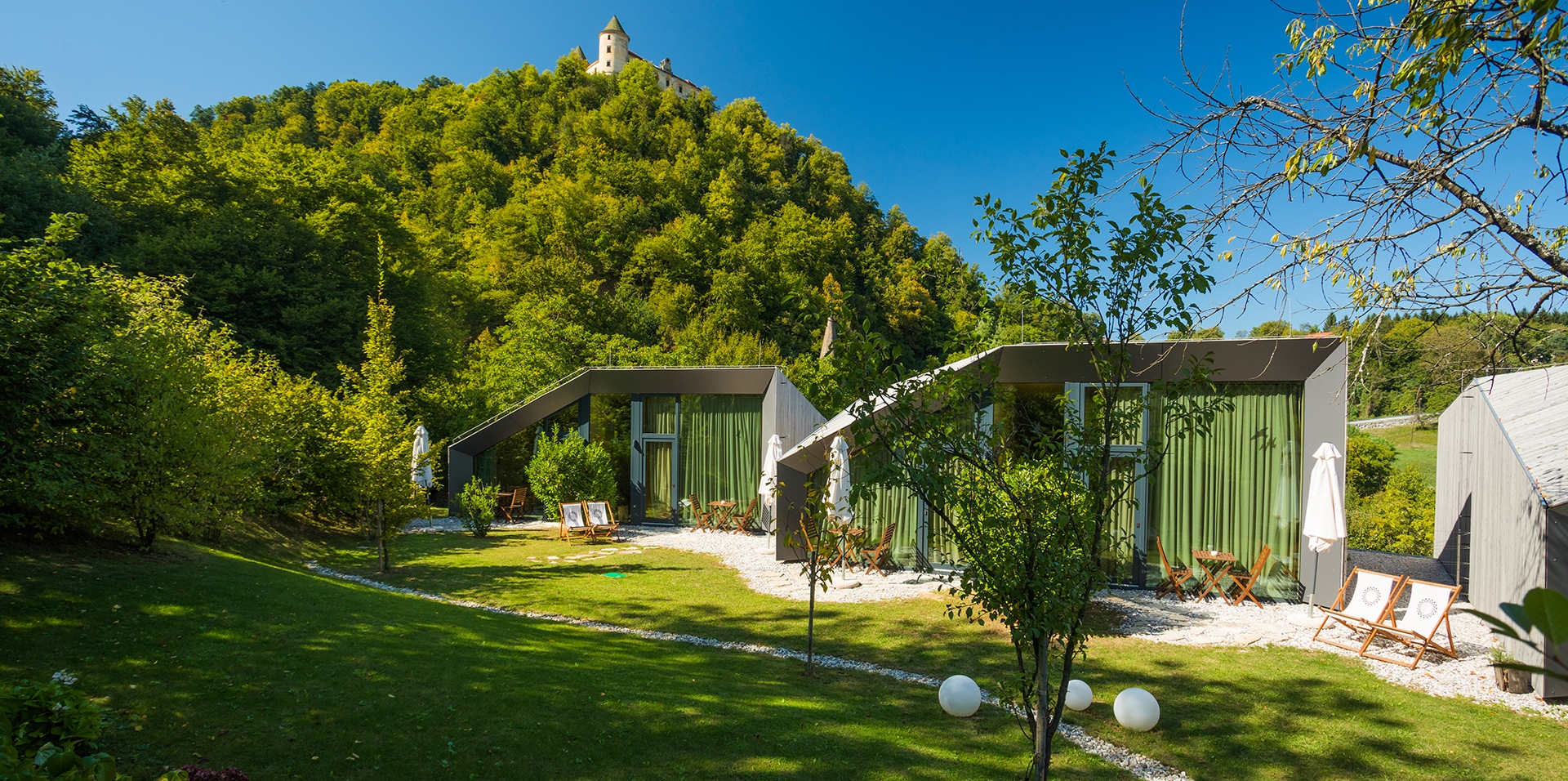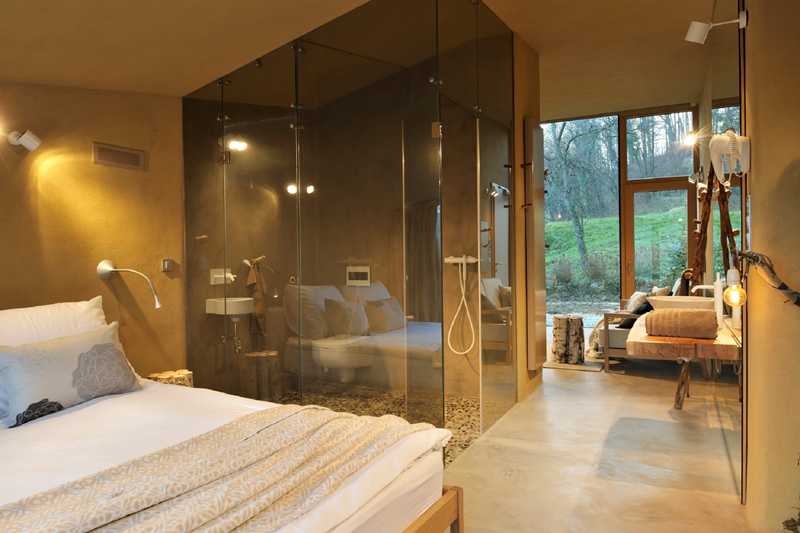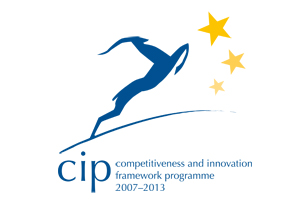Knowledge Networking Portal for Sustainable & Responsible Tourism










 Ortenia - Apartments in nature
Ortenia - Apartments in nature
| Contributor | marija imperl |
|---|---|
| Country | Slovenia |
| Keywords |
|
| Organisation | Ortenia |
| Postal address | Škofja gora 36, SI-3254 Podčetrtek |
| Phone | 00 386 (0)3 5824 197 |
| Fax | 00 386 (0)5 9998 722 |
| Cell phone | 00 386 (0)40 373 331 |
| info@ortenia.com | |
| Webpage | https://www.ortenia.com/eng/ |
| Release date | 03/01/2018 |
| Landscape type | Rural |
| Topics |
|
| GSTC Criteria for Destinations |
|
| Marketplace category |
|
| Type |
|
| # | File name | Contributor | Release date | Uploaded by | Upload date | Size | Content type |
|---|
| Good Practice Innovation Sheet | ||||
  |
||||
| Items | Description | |||
| 1. WHO | ||||
| Key people and organisations (initiator, leader, partners) | Ortenia - Apartments in nature | |||
| First eco-friendly apartments in Slovenia, opened in 2014. | ||||
| Valerija Toplišek, manager of the apartments | ||||
| Key Figures (Podcetrtek municipality) | Surface | Inhabitants | Tourism arrivals | Tourism nights |
| 60,6 km² | 3353 | 99856 | 337499 | |
| 2. WHY | ||||
| Reason for taking the good practice action | Creating and developing a wholesome eco-estate concept. | |||
| Issues and challenge | Higher beginning costs; Lowering costs; Finding and using sustainable materials; |
|||
| 3. HOW | ||||
| Methods /steps / tools used (to develop the good practice) | Apartments were designed using the principle of innovative sustainable construction and built with healthy, natural materials. A whole range of substainable elements that adorn the interior of the apartments (clay plaster, stone, solid wood furniture, decorative and functional eco-accessories, accessorries from nature, ...) were used and nature was brought even closer with the transparency of the outer walls through which the natural environment is projected into the rooms. Buying and installing high energy saving appliances, using renewable energy sources. Buying local as much as possible. Educating and informing guests and locals. | |||
| 4. RESULT | ||||
| Specific/measurable results, benefits |
The visible parts of the building are made of wood, insulation material inside the walls is of cellulose fibre, and is fitted with natural sealing materials. The facades, clad in wood, are built using the diffusion-open wall construction, allowing the building to breathe. Humidity in the interior is balanced by clay plaster. Heating for water and rooms uses a renewable energy source – water pumped from a depth of 80 metres. The water tank collects rainwater from the roof, which is then used to flush sanitary appliances and water outside areas. The furnishings of the apartments and common areas are of solid, untreated oak and beech wood from a Slovenian manufacturer. All the fabrics used are of natural origin, and towels are made of organic cotton. The rooms are adorned with hand-made decorative items and accessories created by Slovenian designers. Certified organic cosmetics are also available. Use of sustainable materials lowered long-term costs. Lower costs also due to renewable energy sources. Cooperation with local entrepreneurs, manufacturers, designers, and thus helping local economy. Appealing to environmentally conscious guests, connecting them to nature. Promotion of local products. Minimum negative impact to the environment. |
|||
| Recognitions (e.g. awards) | Eco Hotels certified Slovenia Green Accommodation Green Globe Certified |
|||
| 5. REFLECTION | ||||
| Lessons learned | Consistency - sustainability should be a part of everything in your story. Having a clear vision and goals. Connecting with local community. | |||
| Challenges met | Deciding on the materials to use, finding the manufacturers and designers locally, using products with 0 km as much as possible, reducing costs, connecting with local community and cooperating with other local providers, working together in creating a story | |||
| Critical success factors | Consistency; Use of sustainable natural materials; Cooperation and connecting with local environment; Reliable and educated employees. | |||
| 6. MORE | ||||
| web-references, documents | http://www.ortenia.com/eng | |||














































